No products in the cart.
Herbal remedies are nothing new as it dates back centuries, but it is essential to check with a herbal medicine practitioner before starting any new medicine protocol. Please do this, especially if you are on pharmaceuticals, and discuss it with your physician.
The reason is that your medication can negatively affect your body when taking certain herbs. Still, you can create a wonderful medicinal herb garden to enjoy in your food or use as medicine for health benefits.
Benefits of Growing Medicinal Plants
When you add medicinal herbs to the home or garden, it keeps your place green and beautiful. Still, a medicinal condiment will not only add beauty to your living space but has loads of other benefits:
Health is Wealth

Yes, with plants to flowers in the home, you will feel less boxed in, and growing medicinal herbs cost you less than buying them at the supermarket. You can buy Tulsi to treat your health needs, while holy basil is part of a traditional Indian home.
Medicinal Herbs Link to Physical Health
There are many herbs to grow with health benefits in those fleshy leaves. You can use them for beauty to health treatments. You can even find some bonsai plants to treat certain problems. While caring for your bonsai tree makes you relax and can help treat ailments.
Plant Flowers Add Decoration To Retreat In Your Living Space

With a neatly decorated atmosphere, you become mentally healthy and relaxed. Planting herbs to grow will remind you of your goals and produce fresh flowers and leaves to add to foods; some have skin-soothing properties.
Even a bonsai tree can help with mental suffering feelings. As a bonus, you get fresh air and some nice plant decorations.
Can Improve Relationships and Not Only Health
As plants need care to grow, it helps improve relationships as you nurture them. While planting, it gives you a sense of compassion and takes away the loneliness to connect with others better.

Boost Your Focus, Gives Mental Clarity, And Removes Pollutants
When planting these outdoor plants or creating a garden with herbs helps with mental disabilities, enables you to focus, and opens up your mind to learning other things. In addition, you experience the sense of smell, feel, and taste.
Lastly, it can help remove unhealthy pollutants from the air allowing you to breathe fresh air.
So, check out the best medicinal herb plants to turn your living space into a comfortable and moisture-loving place.
A Medicinal Herb Already Growing In Your Garden
If you do not have any of these herbal medicine plants in your garden, we recommend adding them to your herb garden collection.
Anise Hyssop

Anise hyssop is an erect perennial branched plant with toothed leaves and square stems. It belongs to the family of mint with a pleasant anise aroma. When in bloom, the flowers are purple and used as a breath freshener or tea to sweetener.
People used the roots for coughs and the leaves to heal sores. At the same time, using the dried flower to essential oils people added to essential oils and perfume.
Bee Balm (Bergamot/Monarda)
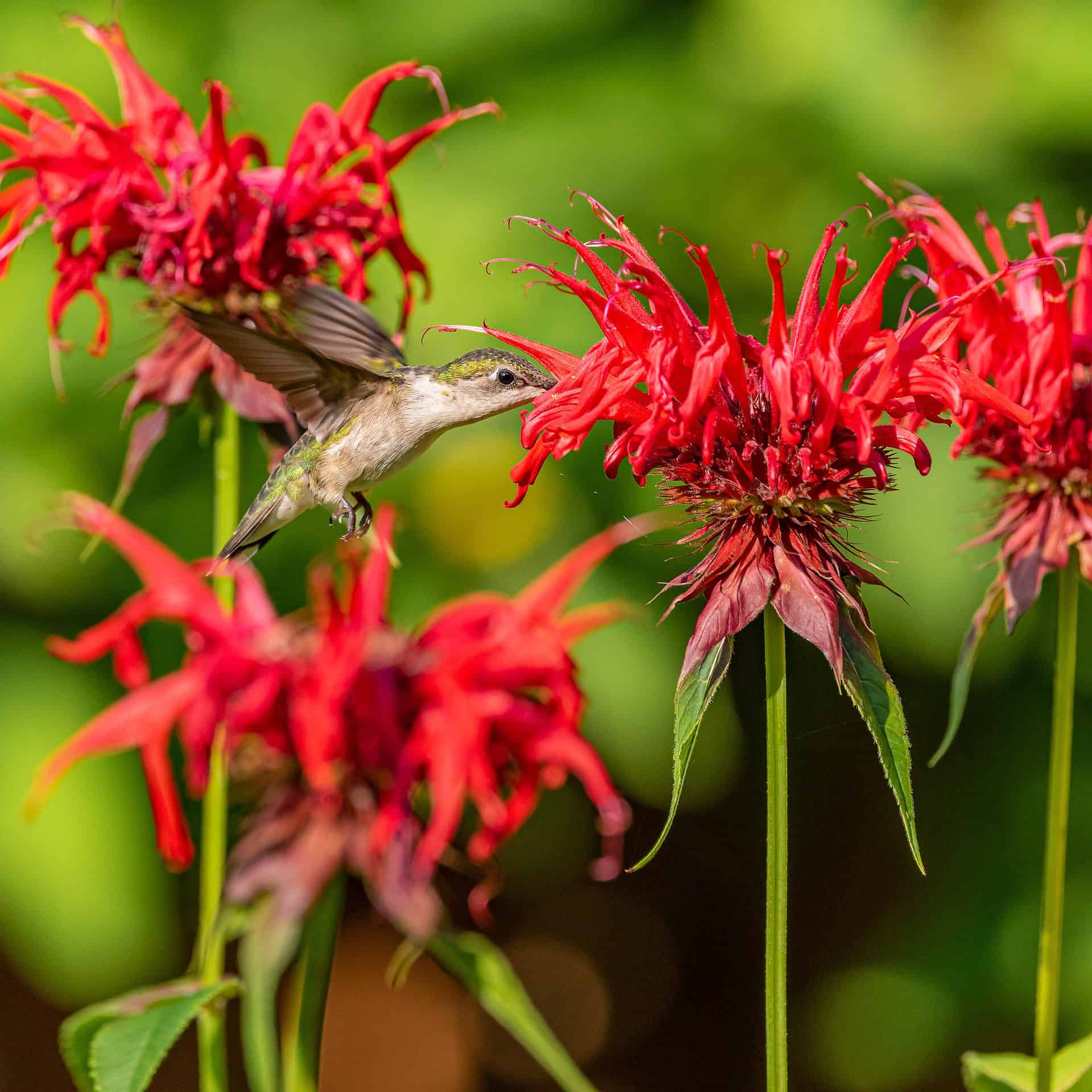
This wonderful plant has anti-microbial properties and is anti-viral, anti-fungal, and anti-bacterial. The bee balm has some of the best medicinal values as it covers different issues.
It can help to soothe coughs, and skin helps relieve stomach cramps and calms the tissue when fighting microbial problems.
Calendula Officinalis is a Fantastic Medicinal Herbs
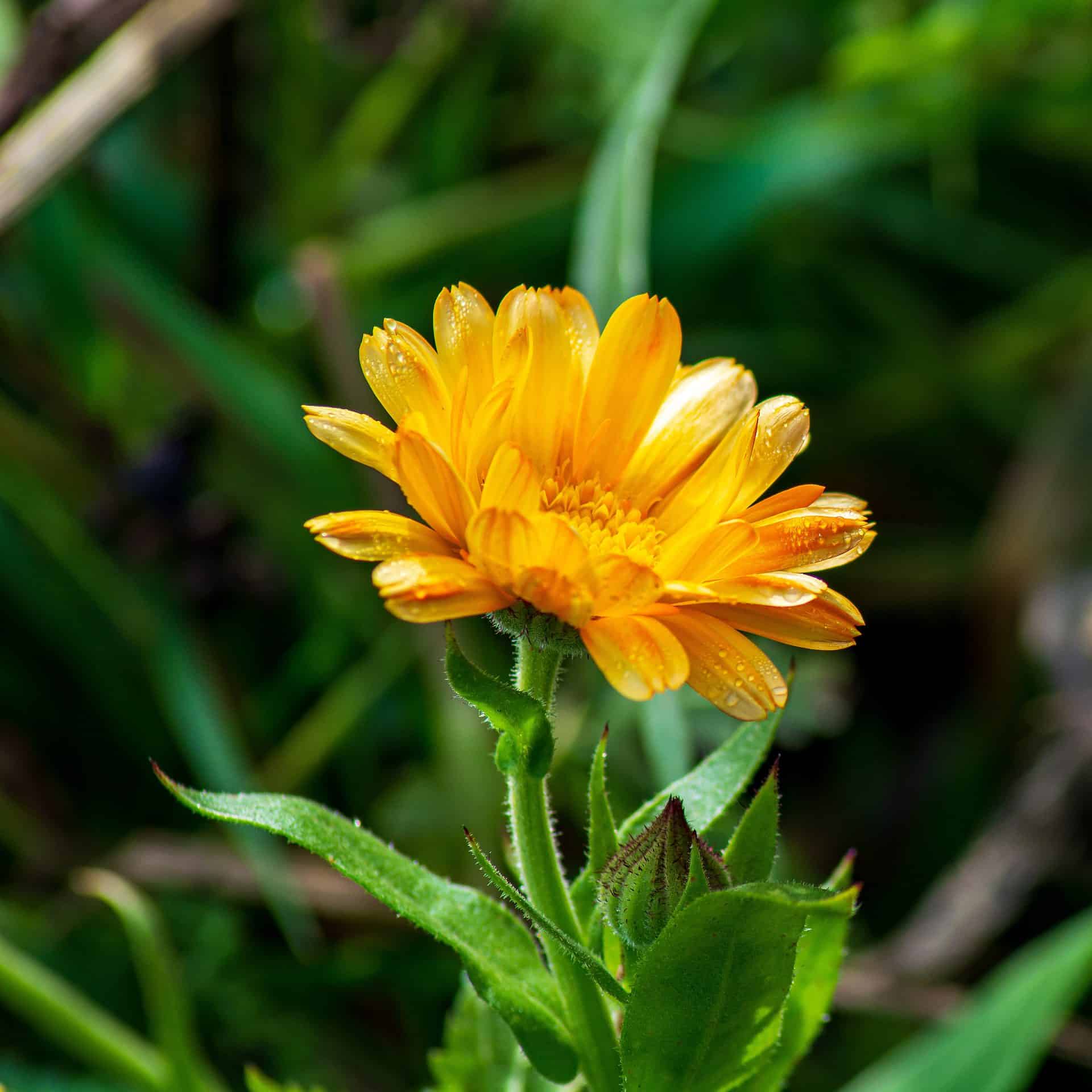
One of the best medicinal plants is Calendula, known as pot marigold, with its soothing properties. Pharmaceuticals use it in body washes, shampoos, and herbal salves for their therapeutic potency.
The herb has beautiful flowers making for a great addition to any garden. The flowers vary in color, and it drops seeds coming back year after year. Furthermore, it attracts pollinators to the garden.
While the herb’s flavor is not so great, you can combine it with peppermint tea to improve the taste.
MEDICINAL PURPOSES:
Skin issues for wound healing with its anti-inflammatory properties
Exceptional to use for a diaper rash with anti-fungal properties
It helps swollen glands as a lymph stimulant
Chamomile An Annual Plant
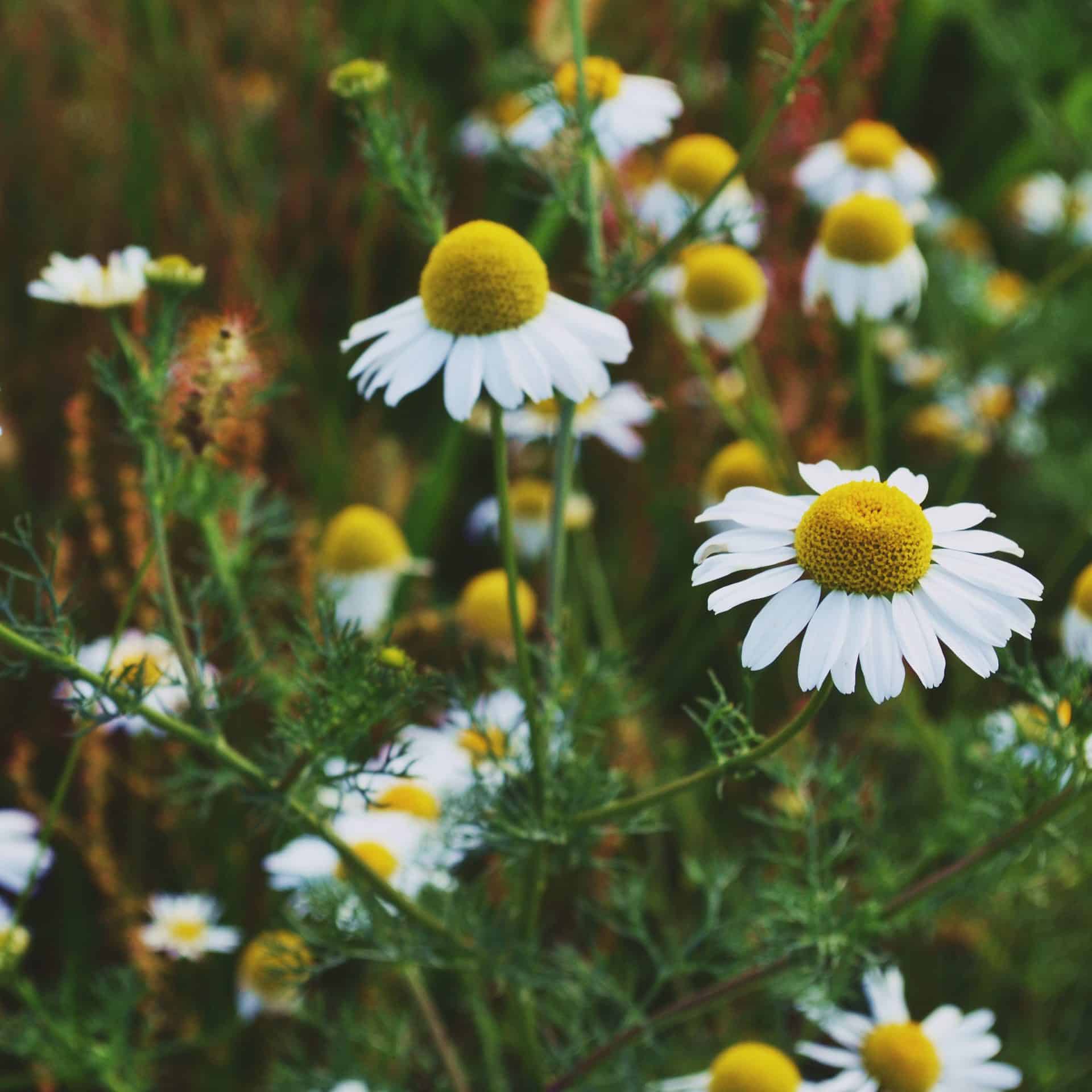
One of the most recognized plants in the form of tea is chamomile which helps promote sleep. The plant has a sweet flavor similar to pineapple; drinking it before bedtime is ideal. The plant has medicinal value and is wonderful for settling upset stomachs to gas pain.
It makes you feel calm and can help reduce fever to eye issues.
Catnip (Nepeta cataria)
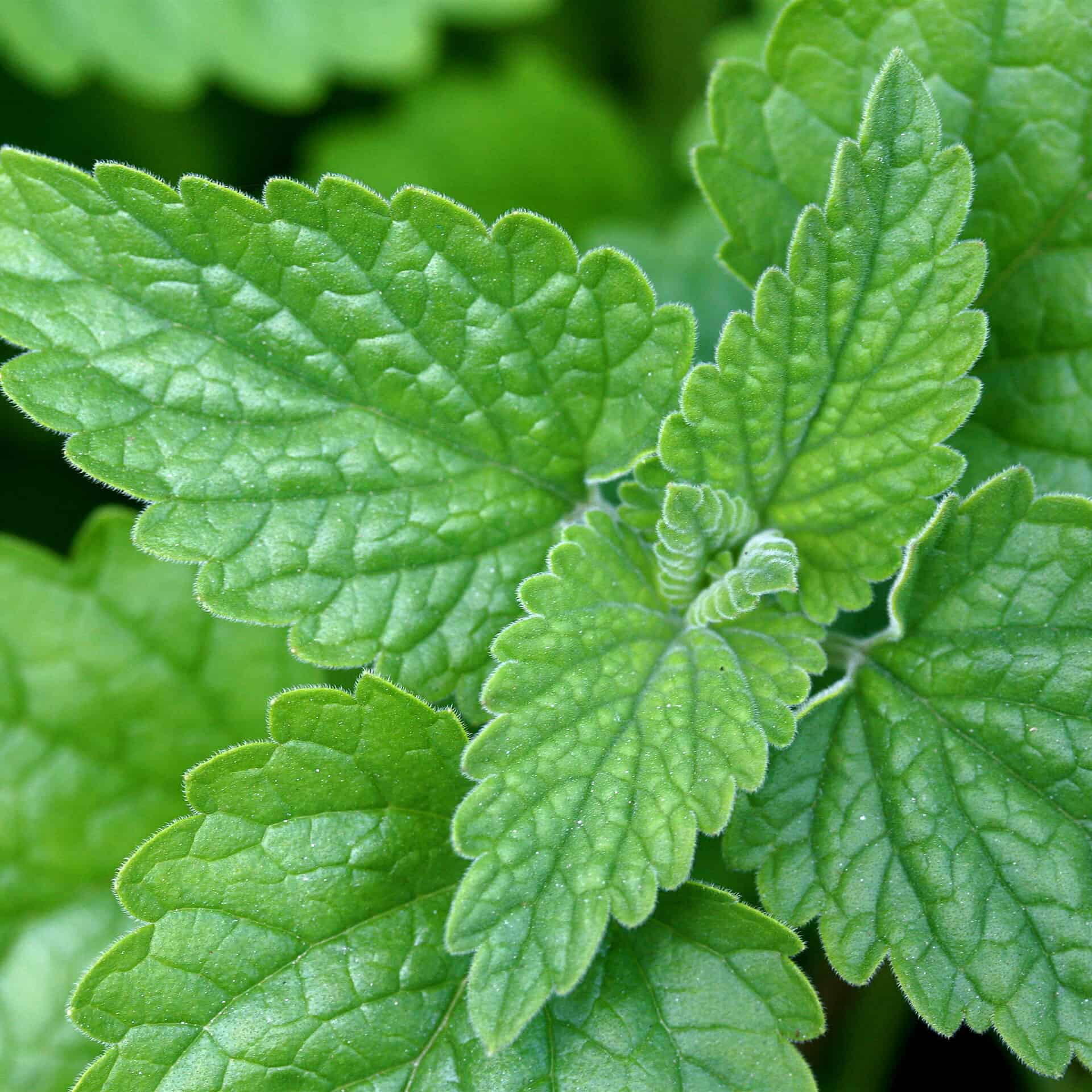
Catnip has had medicinal qualities for years. The perennial herb is hardy grown in the garden and frost-tender. The flowers develop into seeds and have both male and female organs. It attracts pollinators like bees to your garden.
It can also attract wildlife and thrives in sandy to loamy soil that drains well. It prefers full sun compared to shade and is an easy-growing plant. The medicinal benefits include healing digestive issues and helping stimulate sweating to reduce fever.
The herbs taste pleasant; people use them to treat the flu and colds, but it works well combined with the elderflower. You can make tea from the leaves to apply externally to black eyes and bruises.
MEDICINAL PURPOSES:
Still, there is very little clinical data available to support using catnip internally except for use as an insect repellent. Neither is there clinical evidence concerning the dosage. According to traditional doses for sedation, you need four grams of the dried herbs steeped as tea.
In contrast, 15% of the essential oils are used to repel insects.
Common Plantain
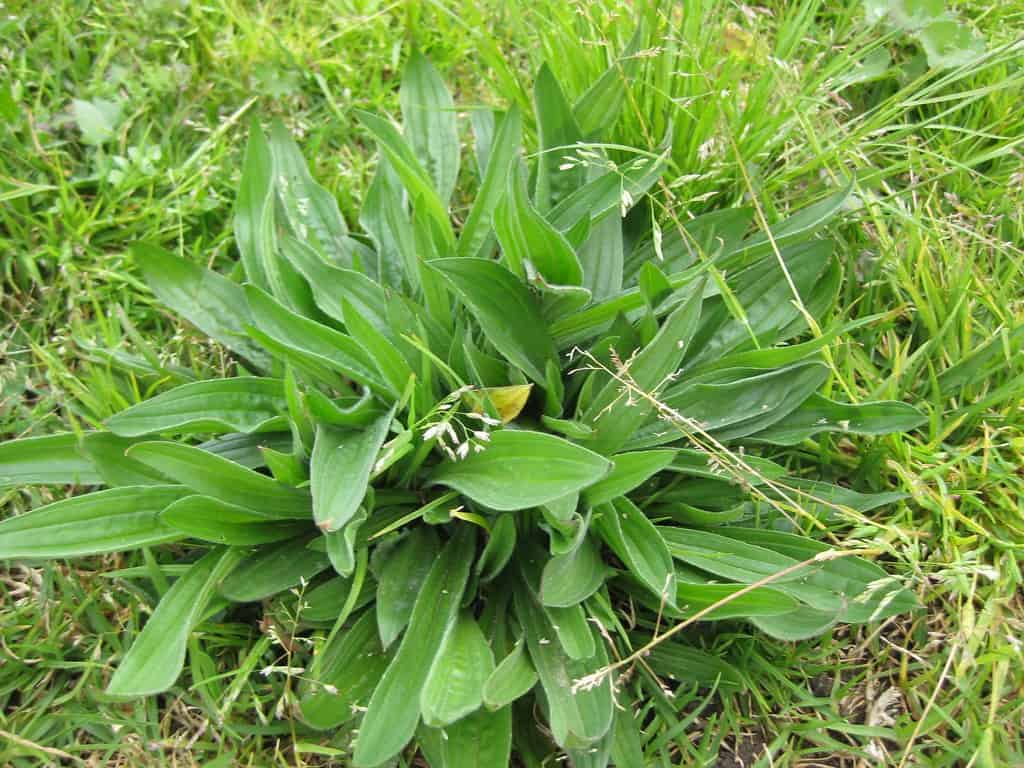 Common Plantain @flickr
Common Plantain @flickr
Plantain with the botanical names Plantago lanceolata or Plantago major is a weedy plant native to Europe and Asia. You can grow it anywhere where sufficient water is found. Still, you should not confuse the plant with the banana-like vegetable with the same name.
The leaves are a mild laxative for skin conditions like wound healing, dermatitis, and insect bites. You use the crushed leaves you apply topically for eczema to insect bites. According to herbalists, the medicinal herb helps with bladder infections to hemorrhoids.
Dill For The Medicinal Garden
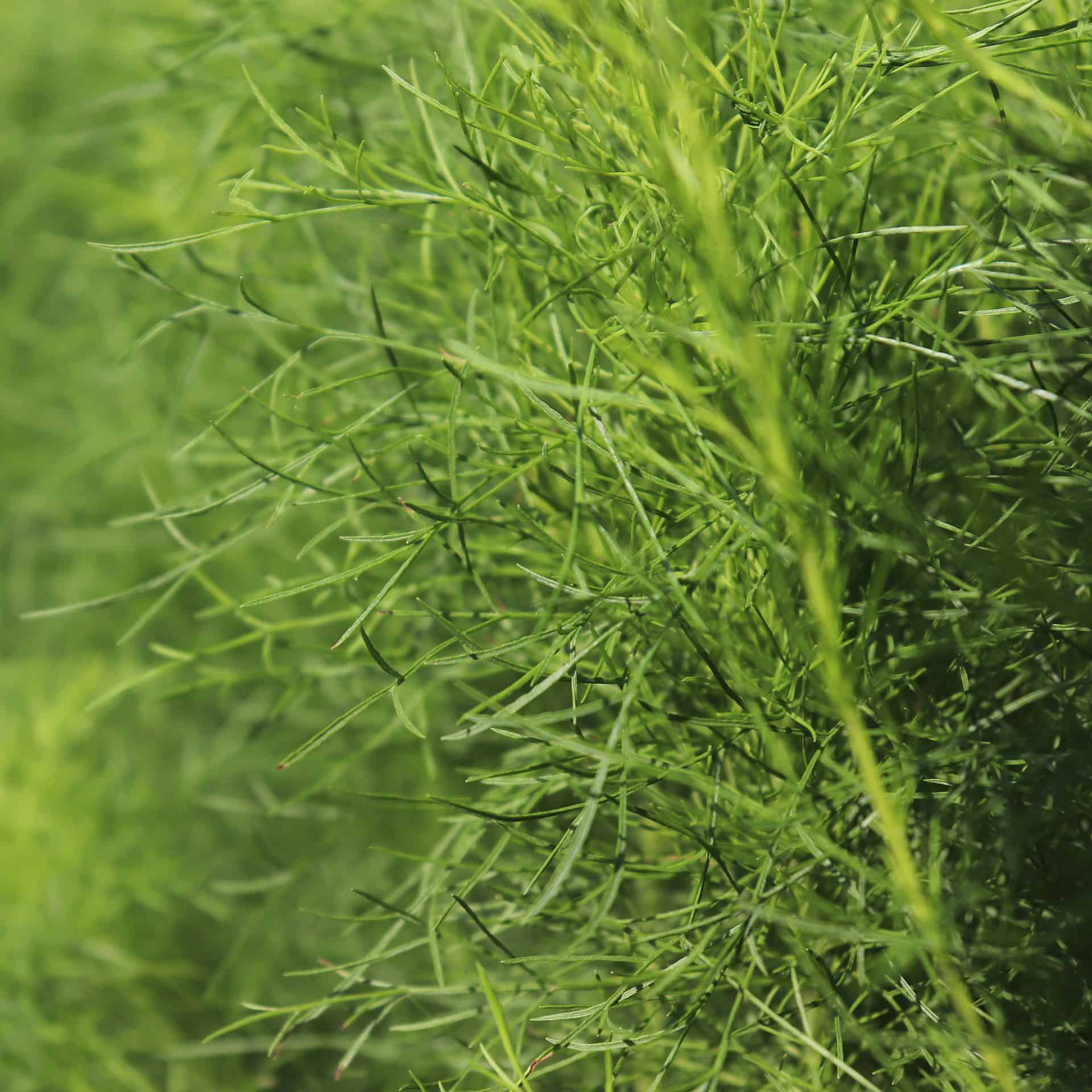
In the herb garden, you always find dill present, as it is ideal for pickling cucumber to other veggies. Hence, it has a great flavor. Still, the dill seed is fantastic for medicinal use as well.
You can chew the seeds to help eliminate bloating to gas. In addition, Dill helps with gas pain to upset stomachs and can help promote sleep to help with the nervous system for depression.
These herbs are also known to help with menstrual pain.
Garlic Every Garden Should Have
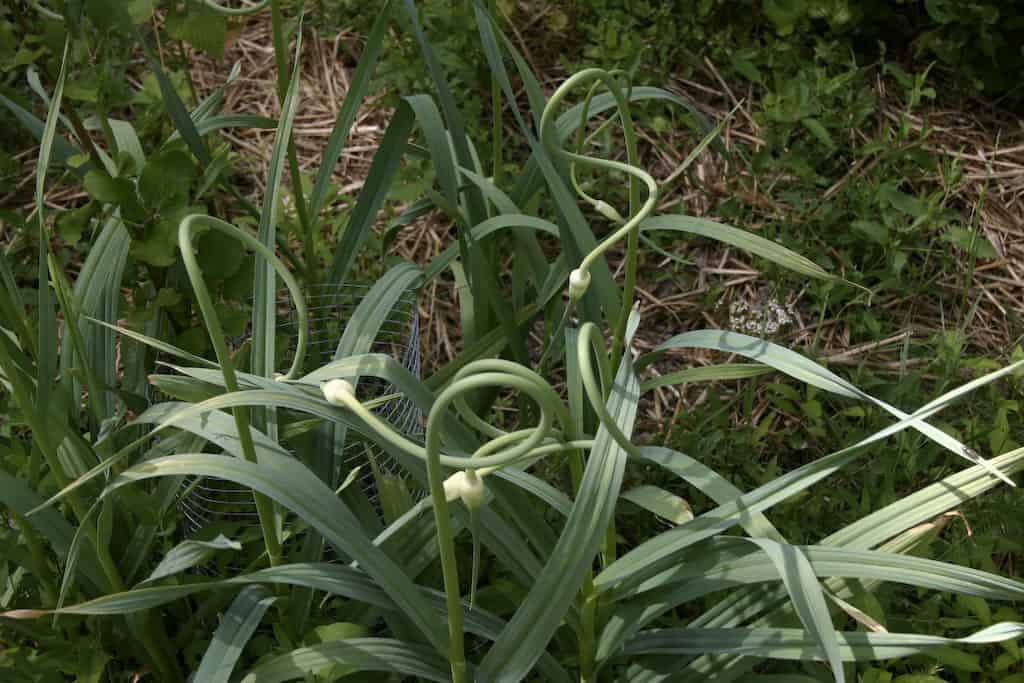
Every herb garden should have onions and garlic growing. Even if you dislike the taste of your food, it has loads of health advantages. With anti-microbial properties, it can fight different ailments.
Some people ferment the garlic with honey when the first sign of an illness shows up. Eating a clove or two knocks out that illness in a flash.
MEDICINAL USES:
Use it in home remedies as an anti-biotic Tulsir anti-fungal use
Garlic has anti-viral properties, and you can use it for a tooth abscess
Garlic helps to fight skin infections and has skin-soothing properties
For a debilitating illness like a cold making your body feel weak, garlic can also help
Garlic also helps to lower high blood pressure
Holy Basil or Tulsi
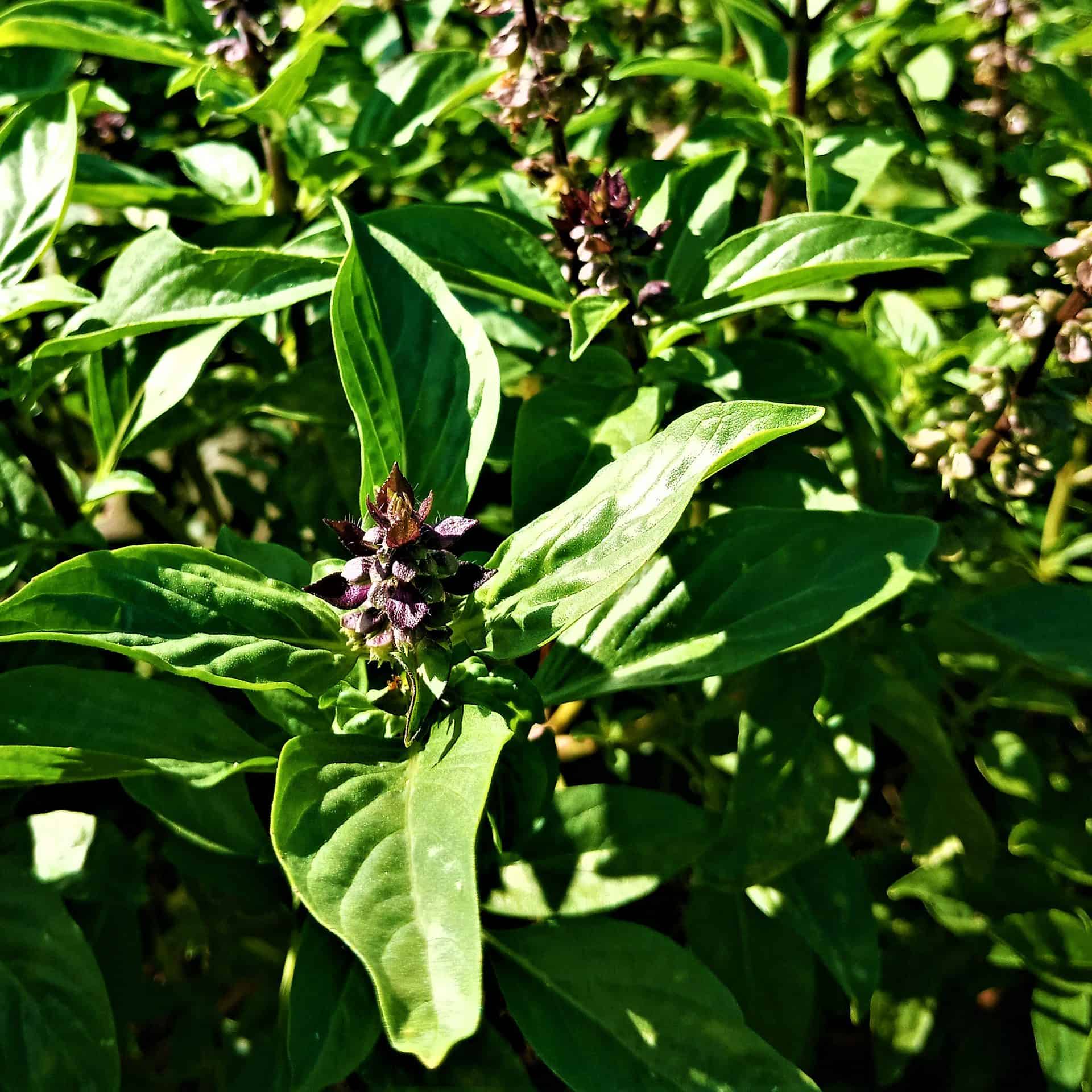
Holy Basil is a herb for all reasons, but it is not like the sweet basil you know in your sauces. The leafy green herb is knoTulsi Ocimum sanctum L. Tulsi native to Southeast Asia.
The medicinal herbs used in traditional Indian medicine for treating ringworms to eye diseases.
People use it as a home remedy from the leaves to the seed, as it boosts the immune system by acting as a tonic for the body, mind, and spirit.
The fact is that there are many studies supporting the use of the entire plant. The condiment is high in vitamins A and C and contains calcium, iron, zinc, and chlorophyll. The Tulsi has anti-bacterial and other healing properties for many medicinal uses.
MEDICINAL PURPOSES:
Fresh flowers are used for bronchitis.
The fresh leaves and the seeds combined with black peppers are used to combat malaria.
The entire plant treats motion sickness related to nausea, vomiting, and diarrhea.
In a pill-to-ointment form, it helps to treat eczema.
Alcohol extracts people use for eye diseases and stomach ulcers.
For insect bites, the essential oil can help soothe skin irritations.
Holy basil also helps with high cholesterol
Horseradish
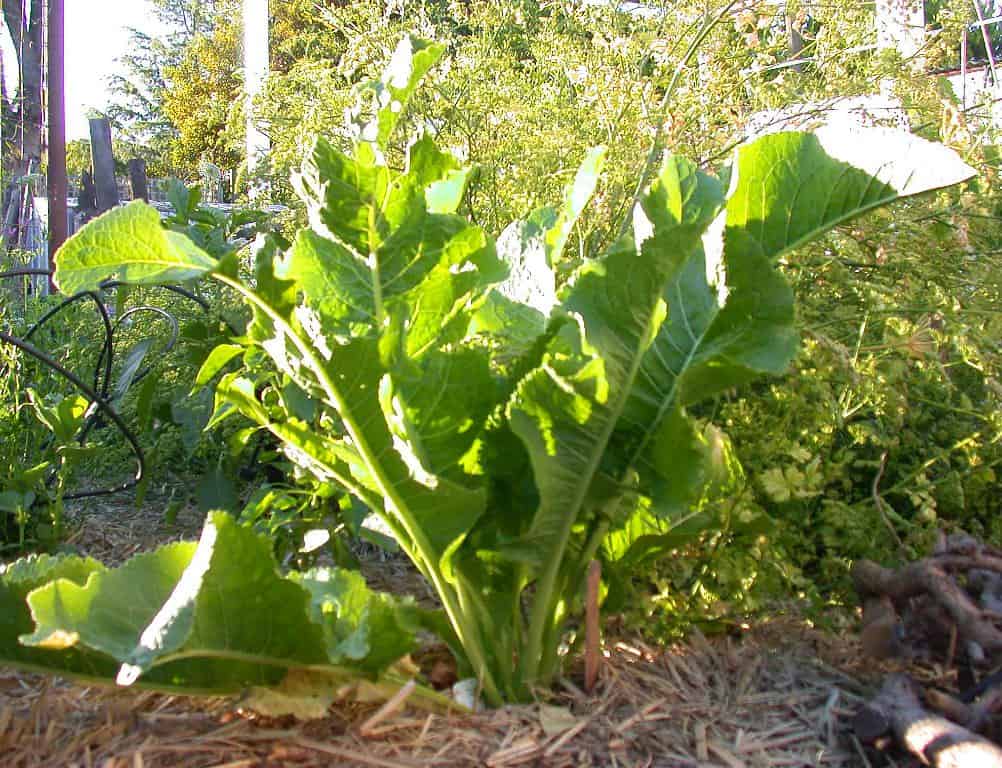 horseraddish @flickr
horseraddish @flickr
To add an incredibly spicy root to your meat dishes, grow plants like horseradish. You can serve it grated mixed with some sour cream to dip or over your meat to potatoes. The plant forms clumps that spread out with time, and best to choose a spot where you do not mind the plant taking up space.
Horseradish is great for bronchial infection, UTI, and sinus infection.
Lavender Flowers For Medicinal Uses
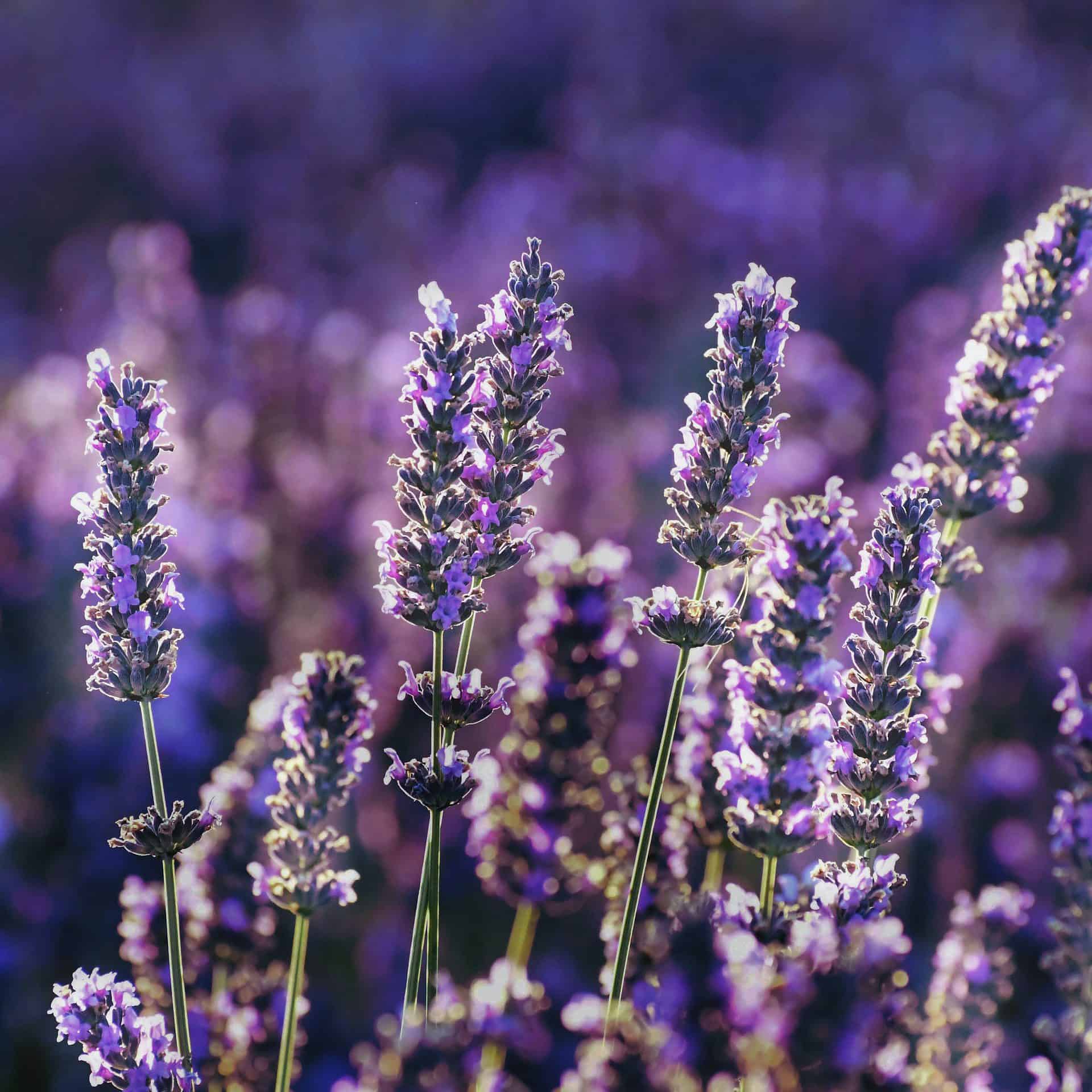
Lavender needs no introduction and is a fantastic medicinal herb for different symptoms. Many scientific studies confirm that the plant has loads of medicinal value. So, lavender oil to the plant can help with the following:
Anxiety to insomnia
As herbal remedies, you can use lavender to treat hair loss, burns, acne, dry skin, and eczema
Use it to help with chemotherapy side effects to burns and wound healing.
Lemon Balm

These herbs belong to the mint family and need to be planted wisely. The lemon balm has a lot of health benefits and also tastes great.
So, if you feel stressed, crush some of the leaves to inhale the aroma soothing your frayed nervous system.
Lemon balm can help reduce fever, fight colds/flu, ease a cough, calm your nervous system, and promotes sleep. Lemon balm is a must in any garden compared to other plants.
Oregano to Use as Herbal Remedies

A must-have and common herb grown in many gardens is oregano. It tastes delicious in food, but it is a powerful medicinal herb. The herb has anti-microbial and antibacterial properties.
It helps fight fungi, bacteria, and viruses while being high in antioxidants.
MEDICINAL USES:
You can use dried oregano or fresh leaves in almond to olive oil to soothe joint pain in muscles.
To ease menstrual pain or bloating, you can drink oregano as a tummy tea or to ease coughs.
It also helps to calm irritated skin or helps soothes rosacea as a face compress.
Peppermint (Mentha piperita)

One of the easiest herbs to grow and find as culinary herbs is Peppermint used medically. You can use it in your food or to treat symptoms. However, Peppermint belongs to the mint family, and you need to be careful when planting Peppermint as it is invasive, spreading through the herb garden.
We recommend a pot to help detain the plant. Peppermint is known to help with upset stomachs when drinking it as peppermint tea. Furthermore, it helps with motion sickness, including sinus issues and headaches, or cooling topically.
Red Clover
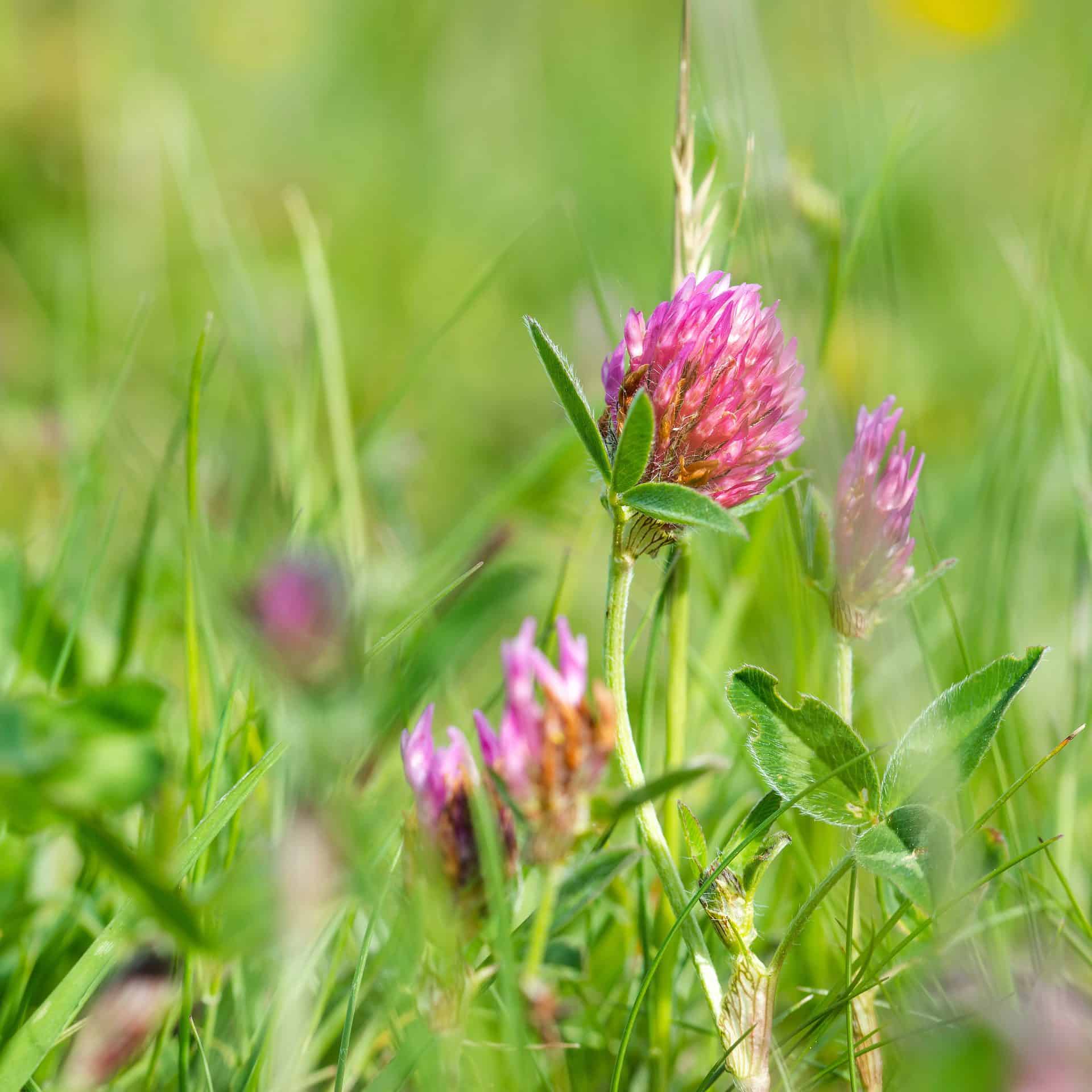
The wild flowering plant belongs to the beans and peas family. Red clover has been used in traditional medicine for years to treat asthma, arthritis, cancer, and menopause symptoms. Still, there is a lack of scientific evidence surrounding this herb.
The plant is dark pink and native to North Africa, Asia, and Europe and also grows well as a fodder crop to improve soil quality. In addition, people use the flowering portion as an edible garnish or extract as an essential oil.
These medicinal herbs are used in traditional medicines to help treat arthritis, heart disease, cancer, respiratory problems, skin disorders, and so much more.
Sage (Salvia officinalis)

Sage is a fantastic culinary herb to use for different ailments as well. It is one of the best medicinal pain relief plants to use orally. You can use it for a cold sore, toothache, and sore throat. You must pick a few leaves to chew and place them near an infected area.
Sage helps with mouth and throat issues, teeth whitening, and correcting menopause issues while it enhances brain function. The critical thing to remember when you plan to use sage to grow in your garden is that it needs a sunny location with well-draining soil.
It is, to some extent, drought tolerant but needs to be kept moist.
Wild lettuce
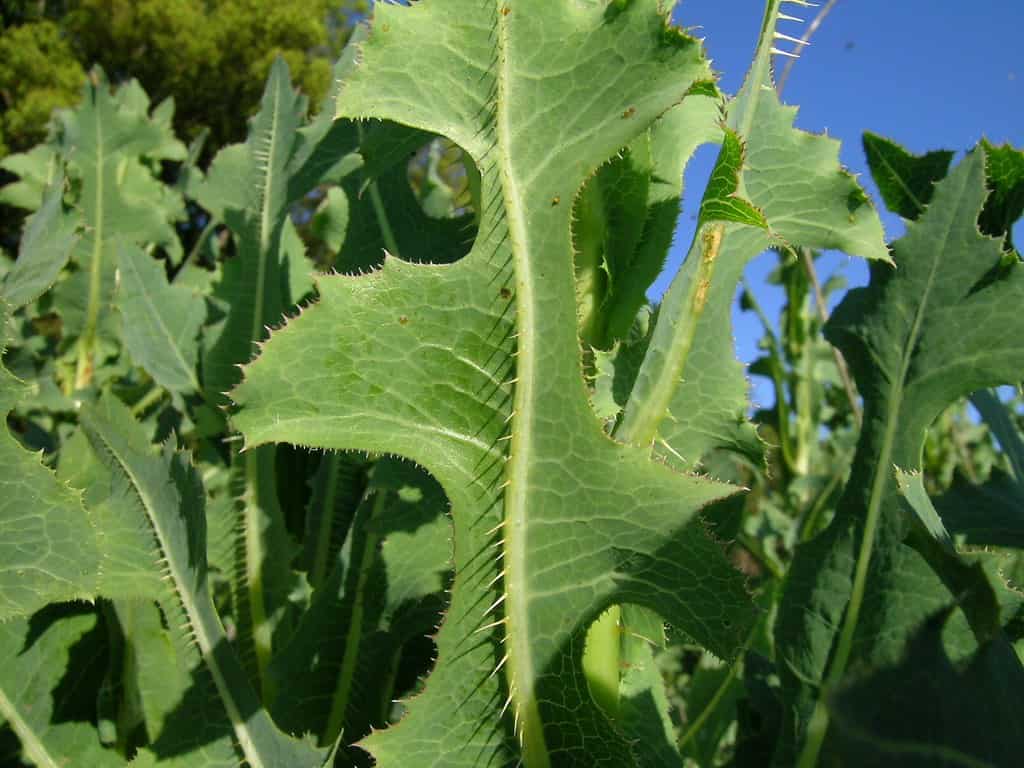 wild lettuce @flickr
wild lettuce @flickr
The wild lettuce plant leaves are used for medicinal uses. People use it for asthma, whooping cough, urinary tract problems, insomnia, menstrual cramps, joint pains, and so much more. In addition, seed oil helps harden the arteries and is a substitute for germ oil.
Some people also use latex on the skin to help kill germs. The plant is cold-hardy, and you can add it to your salads before it turns bitter. The best time to sow them is in early spring or fall in pots or directly to beds in the garden.
Yellow Wood Sorrel

The pickle plant or lemon clover is a weed that shows up after spring and creeps over the ground. While it is edible, it does have medicinal properties. You can add it to salads, brew it like tea, or munch it as a sour snack.
Whiles these are wild herbs to grow, they can help with stomach ailments, used as a coolant, astringent or diuretic. The herbs are high in vitamin C, but you must eat them in moderation with oxalic acid.
Final Thought
These medicinal herbs are fantastic to have in the garden. But before you start making your own medicine, we recommend consulting your doctor. You can use many of these plants in your food, but some must be taken in moderation as they can have adverse effects.
So, use your herbs wisely at all times.
Whether you want to buy, sell, or simply reach out to other plant enthusiasts, Plantly is the right place to be!


